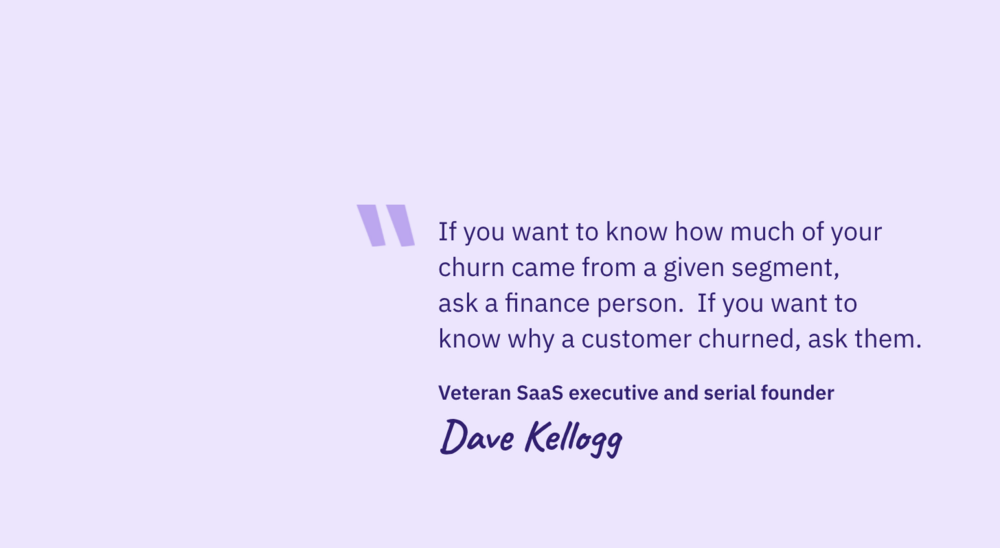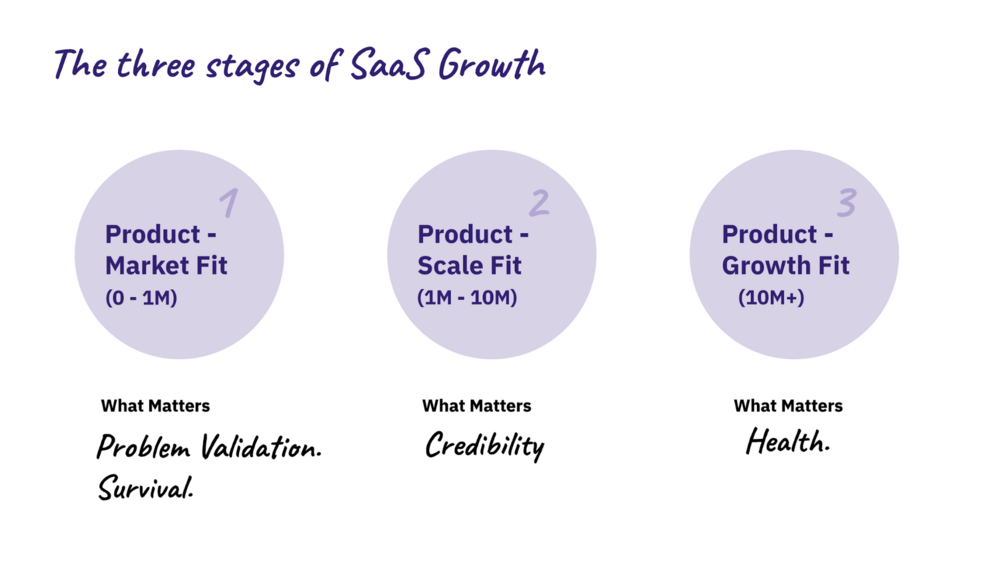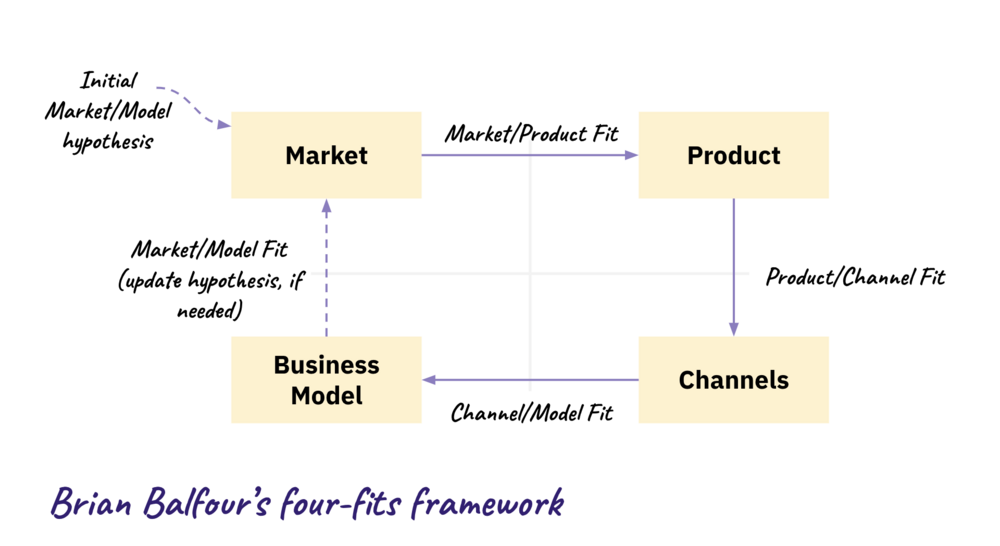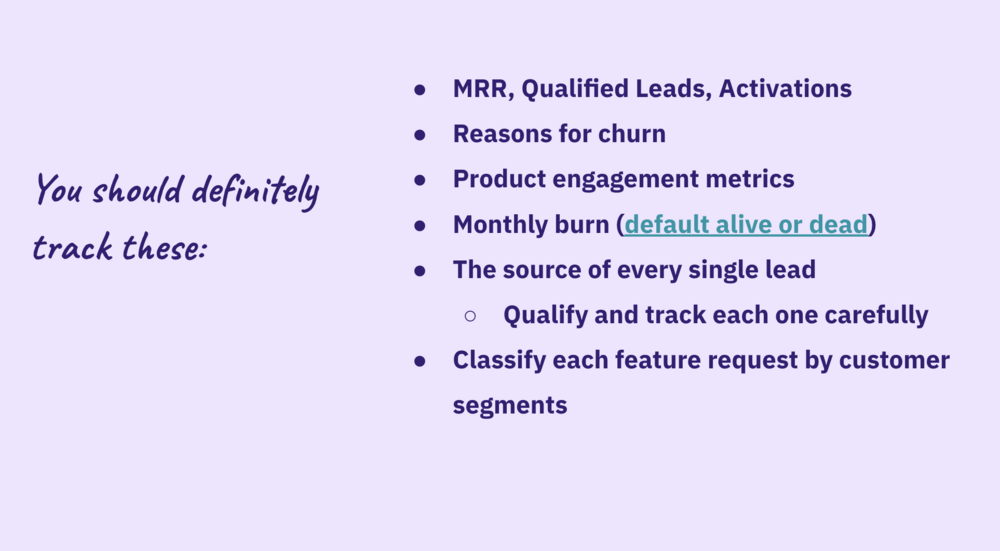Measuring What Really Matters When You Start Up
Sep 30, 2020

Techstars Global Network partner Chargebee is a subscription management system which can help you handle all the aspects of the subscription life cycle including recurring billing, invoicing and trial management for your customers. Krish Subramanian, CEO & Cofounder of Chargebee, recently did a talk on metrics and how to measure them in a growth summit. What follows is a detailed breakdown of what a startup founder should absolutely measure in Stage 1.
We founded Chargebee in 2011. I was in a room full of SaaS entrepreneurs who were pitching ideas and when my turn came, I said, “I want to build a subscription product and work with all of you!” It’s been nine years since that day, nine years of chasing and measuring our progress towards that goal, while serving some truly great brands, and the experience has taught us a lot.
Having made countless decisions — ones that matter in the short-run, ones for the long haul, ones that seem obvious at first, ones that seem tangled till the end, all with lots of data — I’ve made good friends with metrics (and also made peace with decisions that are backed with little data). What follows is a telling of what I’ve learned from this founding relationship with numbers and my take on measuring what really matters across different stages.
Watch the replay of this AMA with Krish Subramanian, CEO & Cofounder of Chargebee, where he answers viewer questions on metrics and how to measure them in your startup. Check out the presentation deck here.
Understanding Your Assumptions About Metrics
Let’s say 17% of your company’s churn comes from the “inherently unstable” SMB / ESB (emerging small business) segment. Because most SMBs fail within the first two years, and hence, are exceedingly likely to churn during early stages (this is a commonly perceived notion which may or may not be true in any specific case).
But if you think about it, as veteran Saas executive and serial founder Dave Kellogg brilliantly points out: "If you know that 17% of your churn comes from the ESB segment, you know one and only one thing: that 17% of your churn comes from the ESB segment. Asserting small business stability as the cause is pure speculation.”

Metrics and the standard assumptions that they’re bottled in can prove to be deceptive. The only way out of that self-deception is to find out what’s actually happening. And often more than not, that involves a conversation with your customers.
Countless decisions take shape as a direct result of us knowing or not knowing certain numbers. But always remember to ensure that you:
Don’t measure them in isolation.
Don’t measure them at the wrong stage. And most importantly...
Don’t let them stand in for reality.
3 Stages of SaaS Startup Evolution

Let’s quickly picture the three key stages of a SaaS startup’s evolution:
Stage 1 : Product/market fit
At this stage of a startup, it’s important to identify a target customer and serve them with the right product. Ideally, one could measure product/market fit with a couple of surveys to identify if the ideal user thinks your product is a ‘must-have’ or not. But what you need to keep in mind is that product/market fit is less about the numbers and percentages, and more about the understanding of who your customers are, and how they feel about you and your product/idea.
Stage 2 : Establish credibility
Now that we have a product and market fit, it’s all about customer development. The goal is to establish credibility and build a base of passionate, successful & loyal customers.This could be up to a few hundred customers or sometimes even fewer than 15, depending on your product.
Stage 3 : Sustainable + repeatable growth
At this stage, you’re a known well in the market with an established set of customers with a credible and solid business model. The goal now is to create sustainable and not just repeatable growth. This is the stage that defines the true market challengers and when the startup evolves from a scrappy startup to an actual business that has a clear understanding of how and the cost of acquiring customers.
Four-Fits Framework
Now keep this in your mind for a bit, while we look at another picture.

Above are the four key hypotheses that must be constantly validated: the forever evolving and intermingling of market(s), product(s), channel(s), and business model(s).
After putting the two images together, here are some of the key questions you’d want to answer in your first stage (product/market fit).
Market and channel
Where can I find more of my ideal customers? (repeatability)
How scalable is the channel that is working? (scalability)
Can someone other than the founders sell?
Product
Which segment of customers gets the most value out of the product?
Business Model
Are we priced optimally for the segment that gets the most value out of the product? (pricing and value metric alignment)
What Should I Measure?
Many would want to focus on measuring customer lifetime value, churn rate & CAC payback, because a lot of folks ask for these metrics. But if you think about it, these metrics mean absolutely nothing in isolation. Nothing at all, this early.
However...

Keep asking yourself questions that align with your goals. It’s important to filter (and prioritise) according to the stage you are in.
For example, some of the questions we asked ourselves when it came to customer acquisition were:
Are we targeting the right customers?
Where are these customers coming from?
Where do they spend most of their time in cyberspace? Are we present there?
If there was churn, why were people leaving? Were they the wrong users or was there something fundamentally off about the product/prototype?
During the early days of Chargebee, we had all types of customers, including small agencies that hired us for recurring billing, a job our product solved for. But we realized that not all of them were hedging their existence on the subscription business model. So although they were hiring us for the right reasons, they weren’t the segment we’d learn the most from.
Similarly, for every feature request we received, we tried to find who were making these requests before we even started looking into the requests. This may sound obvious. But knowing who is making these requests and how you act on them can have long-term consequences.
The natural aim of metrics (and any other proxies) is to mask the complex medium of reality, and simplify the decision making process. But we should never rely on a singular map or remove ourselves from the real territory. So, let’s make sure we’re reading our books (businesses) as well as we can :)

About the Author

Krish Subramanian
Krish has more than 18 years of experience and expertise in the software technology and development business. Prior to cofounding Chargebee, Krish started his career as a software engineer at MatexNet Pvt Ltd, and then went on to become the Technology Lead and Project Manager at TCS and Cognizant Technology Solutions.
